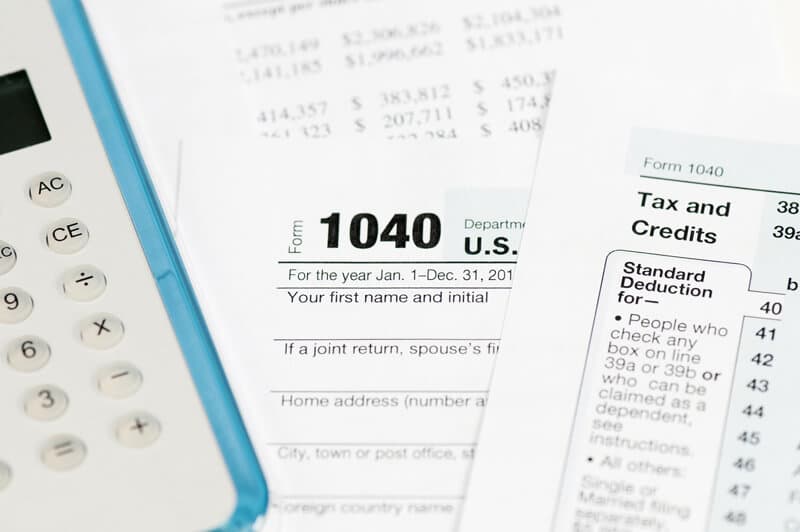Do you realize that, after the recent tax reform– between income, capital gains, Medicare, self-employment and other taxes – you may still be facing marginal tax rates in excess of 50%? How many months are you working for the government before you start earning money for yourself? Nonetheless, if you are like many taxpayers, you get very few tax planning ideas from your advisors.
Given these sobering facts, this article shows you a few ways to potentially save and possibly motivate you to investigate these planning concepts early in the year when you can best take advantage of them. Let’s examine them now:
1. Use the Right Mix of Benefit Plans
These areas are where many tax mistakes are made today – and where many of you reading this could benefit by up to thousands of dollars annually with the right analysis and implementations. In the area of qualified retirement plans (QRPs), like 401(k)s and profit-sharing plans, many businesses and professional practices employ plans that are sub-optimal, either from a formula perspective (i.e., owners could be putting away more and getting higher deductions), a fee perspective (i.e., the third party administrator (TPA) or fund choices may charge higher fees than needed) or from a liability perspective (i.e., the business and owners are the sole fiduciary on the plan, giving them sole legal responsibilities for plan performance). All of these factors should be examined in a review/audit.
In addition to QRPs, there are additional planning opportunities using non-qualified plans. These plans have much different rules than QRPs – most importantly, such plans need not be offered to employees –owners can allow only themselves to participate. Despite this and other tax benefits, few businesses utilize them today. This is unfortunate.
2. Manage your Investments with Tax Efficiency; Explore Investment Managers Who Manage with Taxes in Mind
Make sure that you have the right investments in the right accounts. Investments that generate significant taxable income can be held in your retirement accounts while growth assets can be held in after tax brokerage accounts. Since you can’t control the capital gains you will realize within mutual fund investments, consider other alternatives but at a minimum, hold these assets in the proper accounts. Harvest capital losses against capital gains all year rather than waiting until December. Also, be aware of the holding periods of your investments and where possible, time your sales to get long term capital gains treatment rather than short term gains.
Need help with these strategies? Consider working with an investment firm that designs a tax-efficient portfolio for you and communicates with you each year to minimize the tax drag on that portfolio. In a mutual fund, you have only one-way communication – the fund tells you what your return is and what the tax cost is. Working with an investment management firm, you get two-way communication, as the firm works with you to maximize the leverage of different tax environments, offset tax losses and gains, and other tax minimization techniques.
3. Gain Tax-Deferral, Asset Protection through Cash Value Life Insurance
Mutual funds and personally owned securities will generate federal short- or long-term capital gains taxes (plus state taxes) when they are turned over (within a fund) or liquidated to become cash for retirement. However, similar assets within a cash value life insurance policy will generate no taxes – because the growth of policy cash balances is not taxable and, with proper management, the cash value in such policies can be accessed in retirement tax-free as well.
4. Consider Charitable Giving
There are many ways you can make tax beneficial charitable gifts while also benefiting your family. The most common tool for achieving this “win-win” is the Charitable Remainder Trust (CRT). A CRT is an irrevocable trust that makes annual or more frequent payments to you (or to you and a family member), typically, until you die. What remains in the trust then passes to a qualified charity of your choice.
Conclusion
This article gives you a few tax-saving ideas. If you want to save taxes, the most important thing you can do is start looking for members of your advisory team who can help you address these issues in advance. Otherwise, you will be in this same position next April 15th and for years to come.

